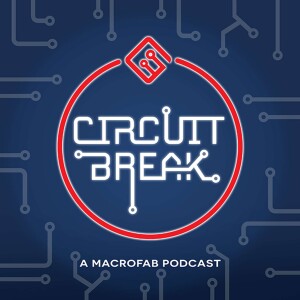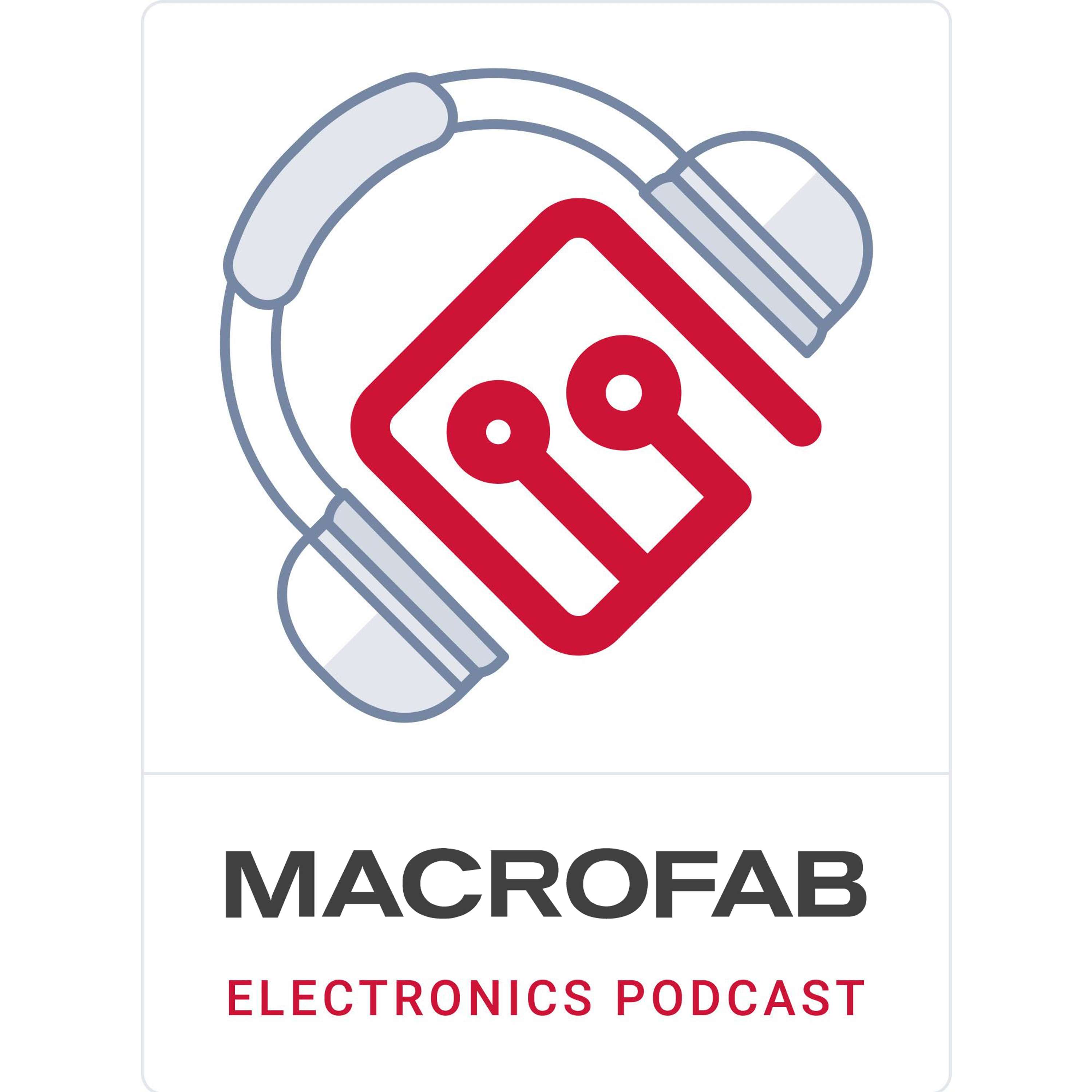
- Podcast Features
-
Monetization
-
Ads Marketplace
Join Ads Marketplace to earn through podcast sponsorships.
-
PodAds
Manage your ads with dynamic ad insertion capability.
-
Apple Podcasts Subscriptions Integration
Monetize with Apple Podcasts Subscriptions via Podbean.
-
Live Streaming
Earn rewards and recurring income from Fan Club membership.
-
Ads Marketplace
- Podbean App
-
Help and Support
-
Help Center
Get the answers and support you need.
-
Podbean Academy
Resources and guides to launch, grow, and monetize podcast.
-
Podbean Blog
Stay updated with the latest podcasting tips and trends.
-
What’s New
Check out our newest and recently released features!
-
Podcasting Smarter
Podcast interviews, best practices, and helpful tips.
-
Help Center
-
Popular Topics
-
How to Start a Podcast
The step-by-step guide to start your own podcast.
-
How to Start a Live Podcast
Create the best live podcast and engage your audience.
-
How to Monetize a Podcast
Tips on making the decision to monetize your podcast.
-
How to Promote Your Podcast
The best ways to get more eyes and ears on your podcast.
-
Podcast Advertising 101
Everything you need to know about podcast advertising.
-
Mobile Podcast Recording Guide
The ultimate guide to recording a podcast on your phone.
-
How to Use Group Recording
Steps to set up and use group recording in the Podbean app.
-
How to Start a Podcast
-
Podcasting
- Podcast Features
-
Monetization
-
Ads Marketplace
Join Ads Marketplace to earn through podcast sponsorships.
-
PodAds
Manage your ads with dynamic ad insertion capability.
-
Apple Podcasts Subscriptions Integration
Monetize with Apple Podcasts Subscriptions via Podbean.
-
Live Streaming
Earn rewards and recurring income from Fan Club membership.
-
Ads Marketplace
- Podbean App
- Advertisers
- Enterprise
- Pricing
-
Resources
-
Help and Support
-
Help Center
Get the answers and support you need.
-
Podbean Academy
Resources and guides to launch, grow, and monetize podcast.
-
Podbean Blog
Stay updated with the latest podcasting tips and trends.
-
What’s New
Check out our newest and recently released features!
-
Podcasting Smarter
Podcast interviews, best practices, and helpful tips.
-
Help Center
-
Popular Topics
-
How to Start a Podcast
The step-by-step guide to start your own podcast.
-
How to Start a Live Podcast
Create the best live podcast and engage your audience.
-
How to Monetize a Podcast
Tips on making the decision to monetize your podcast.
-
How to Promote Your Podcast
The best ways to get more eyes and ears on your podcast.
-
Podcast Advertising 101
Everything you need to know about podcast advertising.
-
Mobile Podcast Recording Guide
The ultimate guide to recording a podcast on your phone.
-
How to Use Group Recording
Steps to set up and use group recording in the Podbean app.
-
How to Start a Podcast
-
Help and Support
- Discover

Circuit Break - A MacroFab Podcast
Technology

PCB design rules for clearances
- Stephen's favorite calculator
- Clearance and creepage
- According to the IEC (international electrotechnical commission) a global standards organization
- Clearance - The shortest path between two conductive parts, or between a conductive part and the bounding surface of the equipment, measured through air
- Creepage - The shortest path between two conductive parts, or between a conductive part and the bounding surface of the equipment, measured along the surface of the insulation
- IEC/UL 60950-1 Safety standards - has more in depth information on spacing and how to handle mains
- IPC2221 generic pcb design rules - Has simple information on spacing vs voltage
- The creepage requirements depend on
- insulation material group
- Comparative Tracking Index (CTI) is used to measure the electrical breakdown (tracking) properties of an insulating material. Tracking is an electrical breakdown on the surface of an insulating material wherein an initial exposure to electrical arcing heat carbonizes the material. The carbonized areas are more conductive than the pristine insulator, increasing current flow, resulting in increased heat generation, and eventually the insulation becomes completely conductive.
- I 600V
- II 400 to 600V
- IIIa 175 to 400V
- IIIb 100 to 175V
- Comparative Tracking Index (CTI) is used to measure the electrical breakdown (tracking) properties of an insulating material. Tracking is an electrical breakdown on the surface of an insulating material wherein an initial exposure to electrical arcing heat carbonizes the material. The carbonized areas are more conductive than the pristine insulator, increasing current flow, resulting in increased heat generation, and eventually the insulation becomes completely conductive.
- pollution degree
- Degree 1 - no pollution
- Degree 2 - non-conductive contamination that might temporarily become conductive due to condensation
- Degree 3 applies to conductive pollution, or to dry non-conductive one which could become conductive due to condensation
- working voltage
- Altitude and elevation - Multiply by 1.48
- Appliance insulation class
- Functional
- Basic
- Supplementary
- Double Insulation - Double the creepage
- Reinforced - Double the creepage
- insulation material group
- IPC2221 requirements - Actually tend to be larger
- External
- Internal
- Coated
More Episodes
 2019-08-07
2019-08-07
 2019-07-31
2019-07-31
 2019-07-24
2019-07-24
 2019-07-03
2019-07-03
 2019-06-19
2019-06-19
 2019-06-05
2019-06-05
 2019-05-29
2019-05-29
 2019-05-23
2019-05-23
 2019-05-15
2019-05-15
 2019-05-01
2019-05-01
 2019-04-17
2019-04-17
 2019-04-10
2019-04-10
Create your
podcast in
minutes
- Full-featured podcast site
- Unlimited storage and bandwidth
- Comprehensive podcast stats
- Distribute to Apple Podcasts, Spotify, and more
- Make money with your podcast
It is Free
- Privacy Policy
- Cookie Policy
- Terms of Use
- Consent Preferences
- Copyright © 2015-2025 Podbean.com



